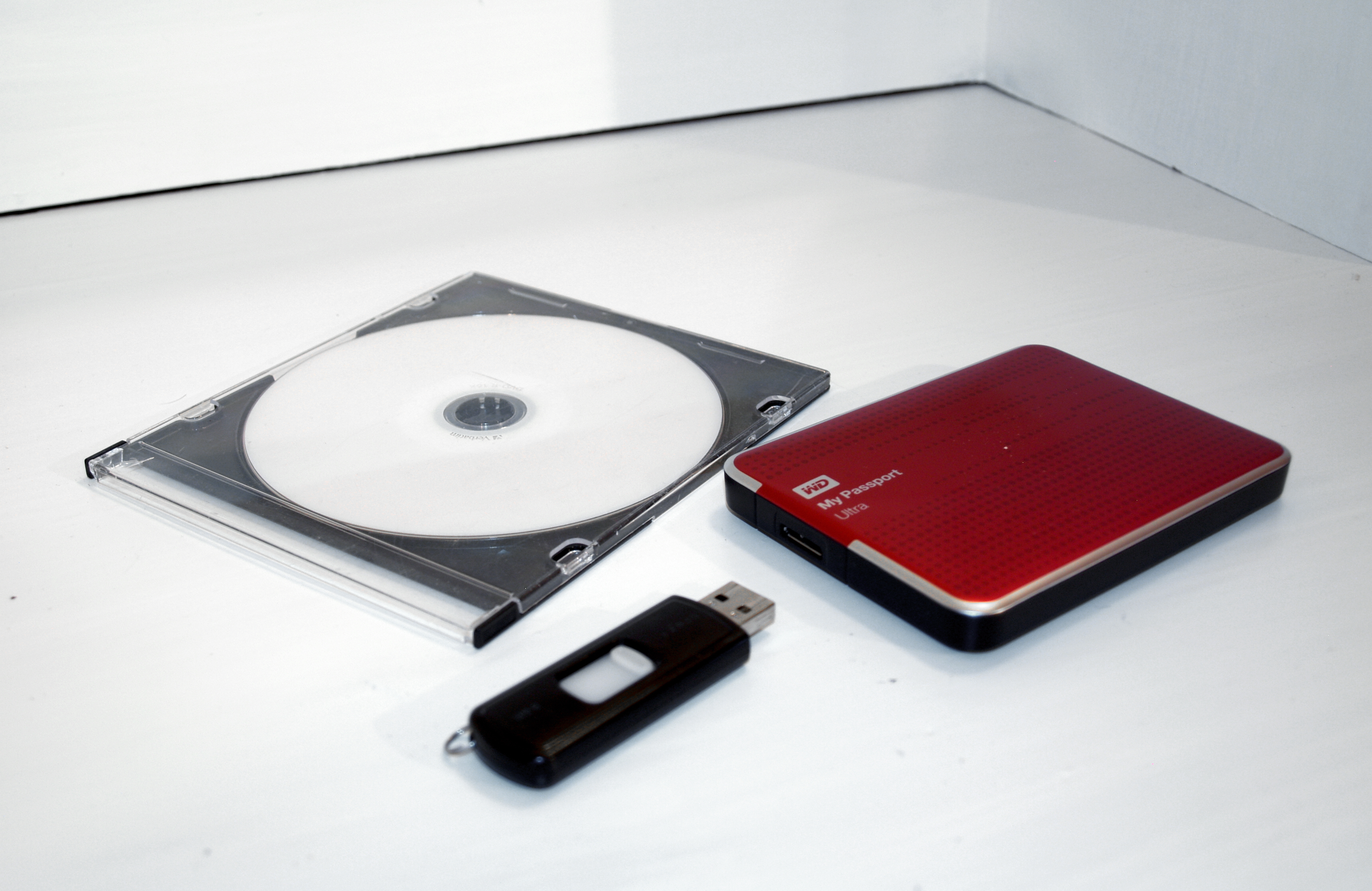|
Cobian Backup
Cobian Backup was a free, donation-supported backup software for Microsoft Windows. It is written in Delphi by Luis Cobian of Umeå University. History Cobian Backup was originally released in 2000. The program was later rewritten and released under version 7. The next version (version 8) was released in 2006. Its source code was later released under the Mozilla Public License in late January 2007. However, with version 9 the author of Cobian Backup decided to switch back to a completely closed source model. Older versions will remain Open Source forever, as the release of the program under the Mozilla Public License cannot be revoked. Development and support by the original author has been discontinued with version 11.2.0.582 and the source code has since been sold off. In February 2021 Luis Cobian announced the start of development on a successor program, Cobian Reflector. Features Cobian Backup supports Unicode, FTP, compression (ZIP, SQX, 7z), encryption (including Blo ... [...More Info...] [...Related Items...] OR: [Wikipedia] [Google] [Baidu] |
Microsoft Windows
Windows is a group of several Proprietary software, proprietary graphical user interface, graphical operating system families developed and marketed by Microsoft. Each family caters to a certain sector of the computing industry. For example, Windows NT for consumers, Windows Server for servers, and Windows IoT for embedded systems. Defunct Windows families include Windows 9x, Windows Mobile, and Windows Phone. The first version of Windows was released on November 20, 1985, as a graphical operating system shell for MS-DOS in response to the growing interest in graphical user interfaces (GUIs). Windows is the most popular desktop operating system in the world, with Usage share of operating systems, 75% market share , according to StatCounter. However, Windows is not the most used operating system when including both mobile and desktop OSes, due to Android (operating system), Android's massive growth. , the most recent version of Windows is Windows 11 for consumer Personal compu ... [...More Info...] [...Related Items...] OR: [Wikipedia] [Google] [Baidu] |
ZIP (file Format)
ZIP is an archive file format that supports lossless data compression. A ZIP file may contain one or more files or directories that may have been compressed. The ZIP file format permits a number of compression algorithms, though DEFLATE is the most common. This format was originally created in 1989 and was first implemented in PKWARE, Inc.'s PKZIP utility, as a replacement for the previous ARC compression format by Thom Henderson. The ZIP format was then quickly supported by many software utilities other than PKZIP. Microsoft has included built-in ZIP support (under the name "compressed folders") in versions of Microsoft Windows since 1998 via the "Windows Plus!" addon for Windows 98. Native support was added as of the year 2000 in Windows ME. Apple has included built-in ZIP support in Mac OS X 10.3 (via BOMArchiveHelper, now Archive Utility) and later. Most free operating systems have built in support for ZIP in similar manners to Windows and Mac OS X. ZIP fil ... [...More Info...] [...Related Items...] OR: [Wikipedia] [Google] [Baidu] |
Backup Software For Windows
In information technology, a backup, or data backup is a copy of computer data taken and stored elsewhere so that it may be used to restore the original after a data loss event. The verb form, referring to the process of doing so, is "back up", whereas the noun and adjective form is " backup". Backups can be used to recover data after its loss from data deletion or corruption, or to recover data from an earlier time. Backups provide a simple form of disaster recovery; however not all backup systems are able to reconstitute a computer system or other complex configuration such as a computer cluster, active directory server, or database server. A backup system contains at least one copy of all data considered worth saving. The data storage requirements can be large. An information repository model may be used to provide structure to this storage. There are different types of data storage devices used for copying backups of data that is already in secondary storage onto archive file ... [...More Info...] [...Related Items...] OR: [Wikipedia] [Google] [Baidu] |
List Of Backup Software
This is a list of notable backup software that performs data backups. Archivers, transfer protocols, and version control systems are often used for backups but only software focused on backup is listed here. See Comparison of backup software for features. Free and open-source software Commercial and closed-source software Defunct software See also * Comparison of file synchronization software * Comparison of online backup services This is a comparison of online backup services. Online backup is a special kind of online storage service; however, various products that are designed for file storage may not have features or characteristics that others designed for backup have ... * Data recovery * File synchronization * List of data recovery software * Remote backup service * Tape management system Notes References {{Reflist * Backup software * ... [...More Info...] [...Related Items...] OR: [Wikipedia] [Google] [Baidu] |
Differential Backup
A differential backup is a type of data backup that preserves data, saving only the difference in the data since the last full backup. The rationale in this is that, since changes to data are generally few compared to the entire amount of data in the data repository, the amount of time required to complete the backup will be smaller than if a full backup was performed every time that the organization or data owner wishes to back up changes since the last full backup. Another advantage, at least as compared to the incremental backup method of data backup, is that at data restoration time, at most two backup media are ever needed to restore all the data. This simplifies data restores as well as increases the likelihood of shortening data restoration time. Meaning A differential backup is a cumulative backup of ''all'' changes made since the last ''full'' backup, i.e., the ''differences'' since the last full backup. The advantage to this is the quicker recovery time, requiring only a ... [...More Info...] [...Related Items...] OR: [Wikipedia] [Google] [Baidu] |
Incremental Backup
An incremental backup is one in which successive copies of the data contain only the portion that has changed since the preceding backup copy was made. When a full recovery is needed, the restoration process would need the last full backup plus all the incremental backups until the point of restoration. Incremental backups are often desirable as they reduce storage space usage, and are quicker to perform than differential backups. Variants Incremental The most basic form of incremental backup consists of identifying, recording and thus, preserving only those files that have changed since the last backup. Since changes are typically low, incremental backups are much smaller and quicker than full backups. For instance, following a full backup on Friday, a Monday backup will contain only those files that changed since Friday. A Tuesday backup contains only those files that changed since Monday, and so on. A full restoration of data will naturally be slower, since all increments mu ... [...More Info...] [...Related Items...] OR: [Wikipedia] [Google] [Baidu] |
Data Encryption Standard
The Data Encryption Standard (DES ) is a symmetric-key algorithm for the encryption of digital data. Although its short key length of 56 bits makes it too insecure for modern applications, it has been highly influential in the advancement of cryptography. Developed in the early 1970s at IBM and based on an earlier design by Horst Feistel, the algorithm was submitted to the National Bureau of Standards (NBS) following the agency's invitation to propose a candidate for the protection of sensitive, unclassified electronic government data. In 1976, after consultation with the National Security Agency (NSA), the NBS selected a slightly modified version (strengthened against differential cryptanalysis, but weakened against brute-force attacks), which was published as an official Federal Information Processing Standard (FIPS) for the United States in 1977. The publication of an NSA-approved encryption standard led to its quick international adoption and widespread academic scruti ... [...More Info...] [...Related Items...] OR: [Wikipedia] [Google] [Baidu] |
Blowfish (cipher)
Blowfish is a symmetric-key block cipher, designed in 1993 by Bruce Schneier and included in many cipher suites and encryption products. Blowfish provides a good encryption rate in software, and no effective cryptanalysis of it has been found to date. However, the Advanced Encryption Standard (AES) now receives more attention, and Schneier recommends Twofish for modern applications. Schneier designed Blowfish as a general-purpose algorithm, intended as an alternative to the aging DES and free of the problems and constraints associated with other algorithms. At the time Blowfish was released, many other designs were proprietary, encumbered by patents, or were commercial or government secrets. Schneier has stated that "Blowfish is unpatented, and will remain so in all countries. The algorithm is hereby placed in the public domain, and can be freely used by anyone." Notable features of the design include key-dependent S-boxes and a highly complex key schedule. The algorithm ... [...More Info...] [...Related Items...] OR: [Wikipedia] [Google] [Baidu] |
Encryption
In cryptography, encryption is the process of encoding information. This process converts the original representation of the information, known as plaintext, into an alternative form known as ciphertext. Ideally, only authorized parties can decipher a ciphertext back to plaintext and access the original information. Encryption does not itself prevent interference but denies the intelligible content to a would-be interceptor. For technical reasons, an encryption scheme usually uses a pseudo-random encryption key generated by an algorithm. It is possible to decrypt the message without possessing the key but, for a well-designed encryption scheme, considerable computational resources and skills are required. An authorized recipient can easily decrypt the message with the key provided by the originator to recipients but not to unauthorized users. Historically, various forms of encryption have been used to aid in cryptography. Early encryption techniques were often used in milit ... [...More Info...] [...Related Items...] OR: [Wikipedia] [Google] [Baidu] |
Ziff Davis Inc
Ziff Davis, Inc. is an American digital media and internet company. First founded in 1927 by William Bernard Ziff Sr. and Bernard George Davis, the company primarily owns technology-oriented media websites, online shopping-related services, and software services. History The company was founded by William B. Ziff Company publisher Bill Ziff Sr. with Bernard Davis. Upon Bill Ziff's death in 1953, William B. Ziff Jr., his son, returned from Germany to lead the company. In 1958, Bernard Davis sold Ziff Jr. his share of Ziff Davis to found Davis Publications, Inc.; Ziff Davis continued to use the Davis surname as Ziff-Davis. Throughout most of Ziff Davis' history, it was a publisher of hobbyist magazines, often ones devoted to expensive, advertiser-rich technical hobbies such as cars, photography, and electronics. Since 1980, Ziff Davis has primarily published computer-related magazines and related websites, establishing Ziff Davis as an Internet information company. Ziff Davis h ... [...More Info...] [...Related Items...] OR: [Wikipedia] [Google] [Baidu] |
Backup Software
Backup software are computer programs used to perform a backup; they create supplementary exact copies of files, databases or entire computers. These programs may later use the supplementary copies to restore the original contents in the event of data loss; hence, they are very useful to users. Key features There are several features of backup software that make it more effective in backing up data. Volumes Voluming allows the ability to compress and split backup data into separate parts for storage on smaller, removable media such as CDs. It was often used because CDs were easy to transport off-site and inexpensive compared to hard drives or servers. However, the recent increase in hard drive capacity and decrease in drive cost has made voluming a far less popular solution. The introduction of small, portable, durable USB drives, and the increase in broadband capacity has provided easier and more secure methods of transporting backup data off-site. Data compression ... [...More Info...] [...Related Items...] OR: [Wikipedia] [Google] [Baidu] |

